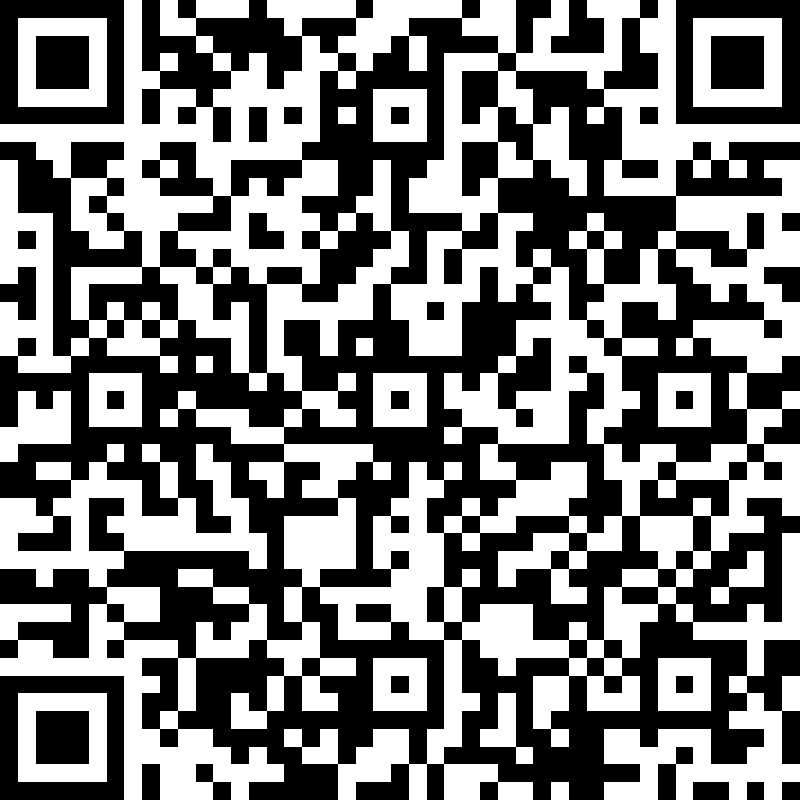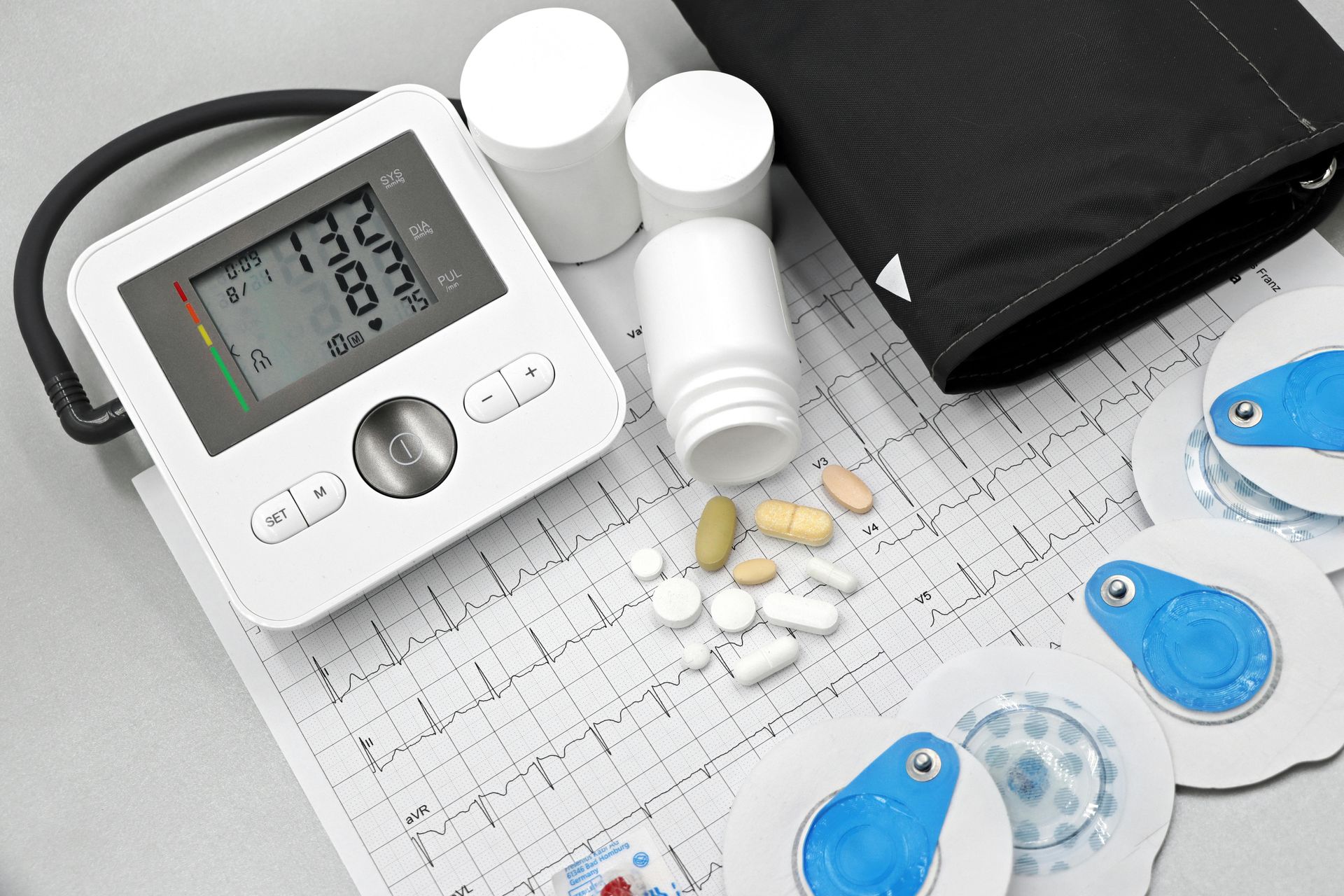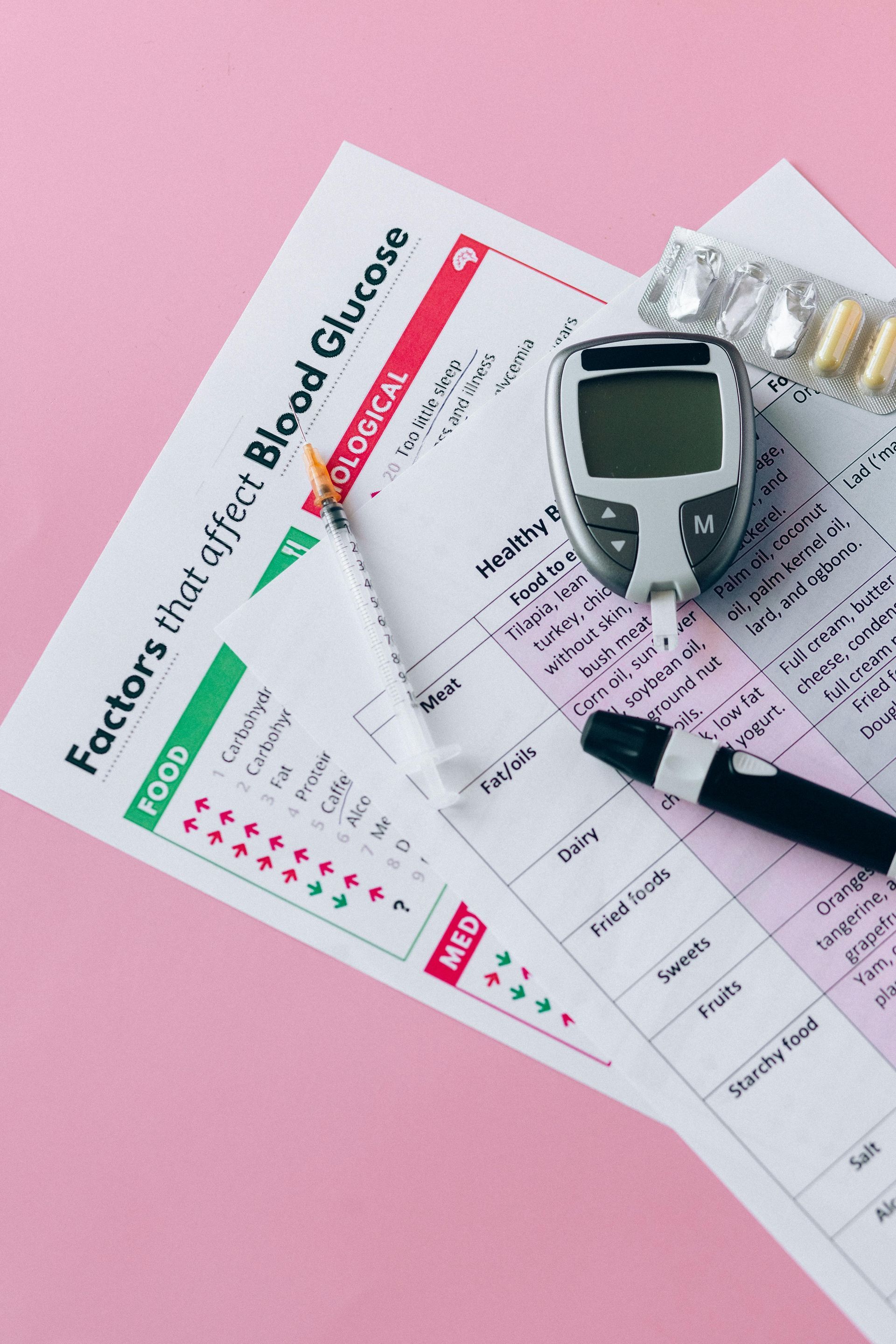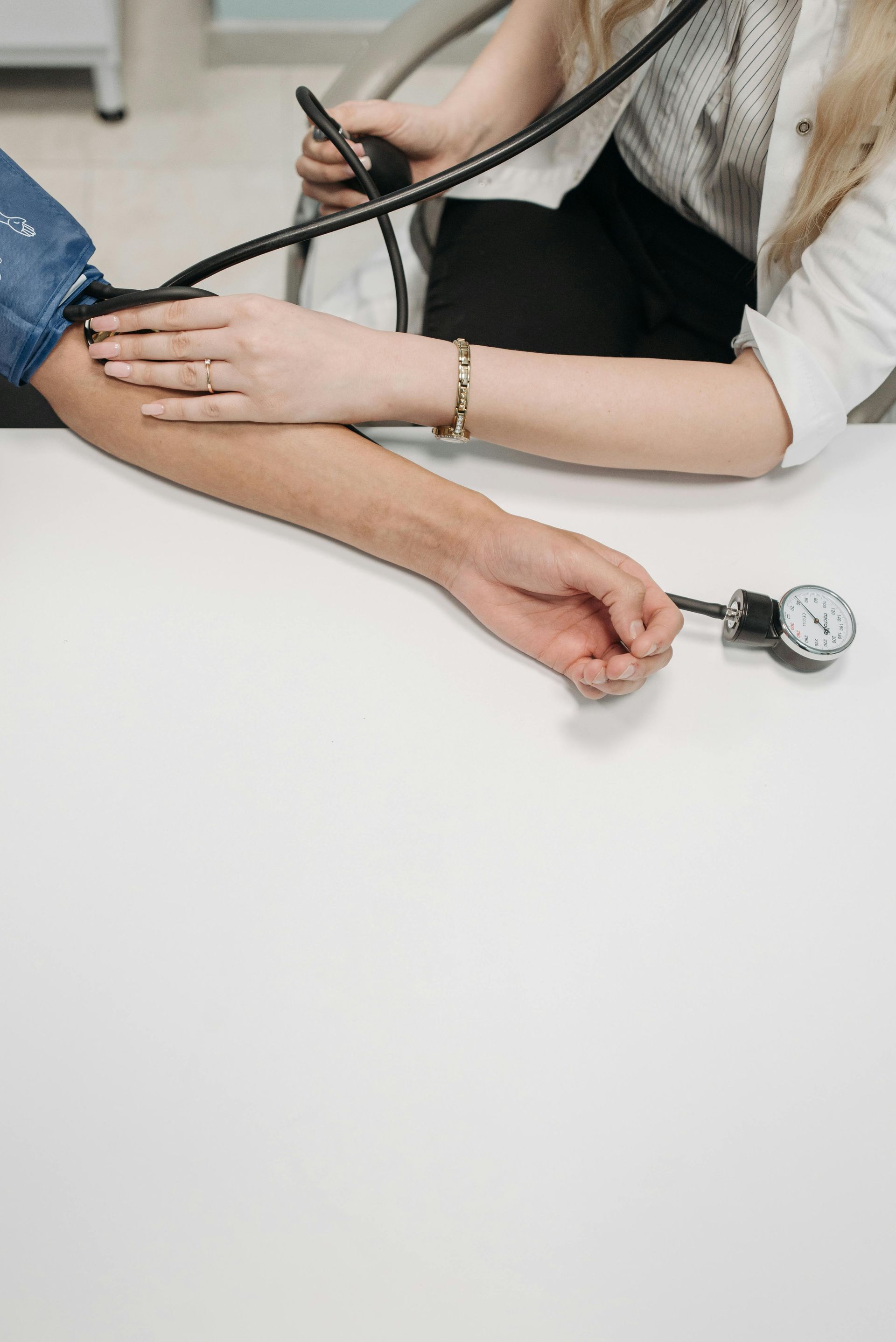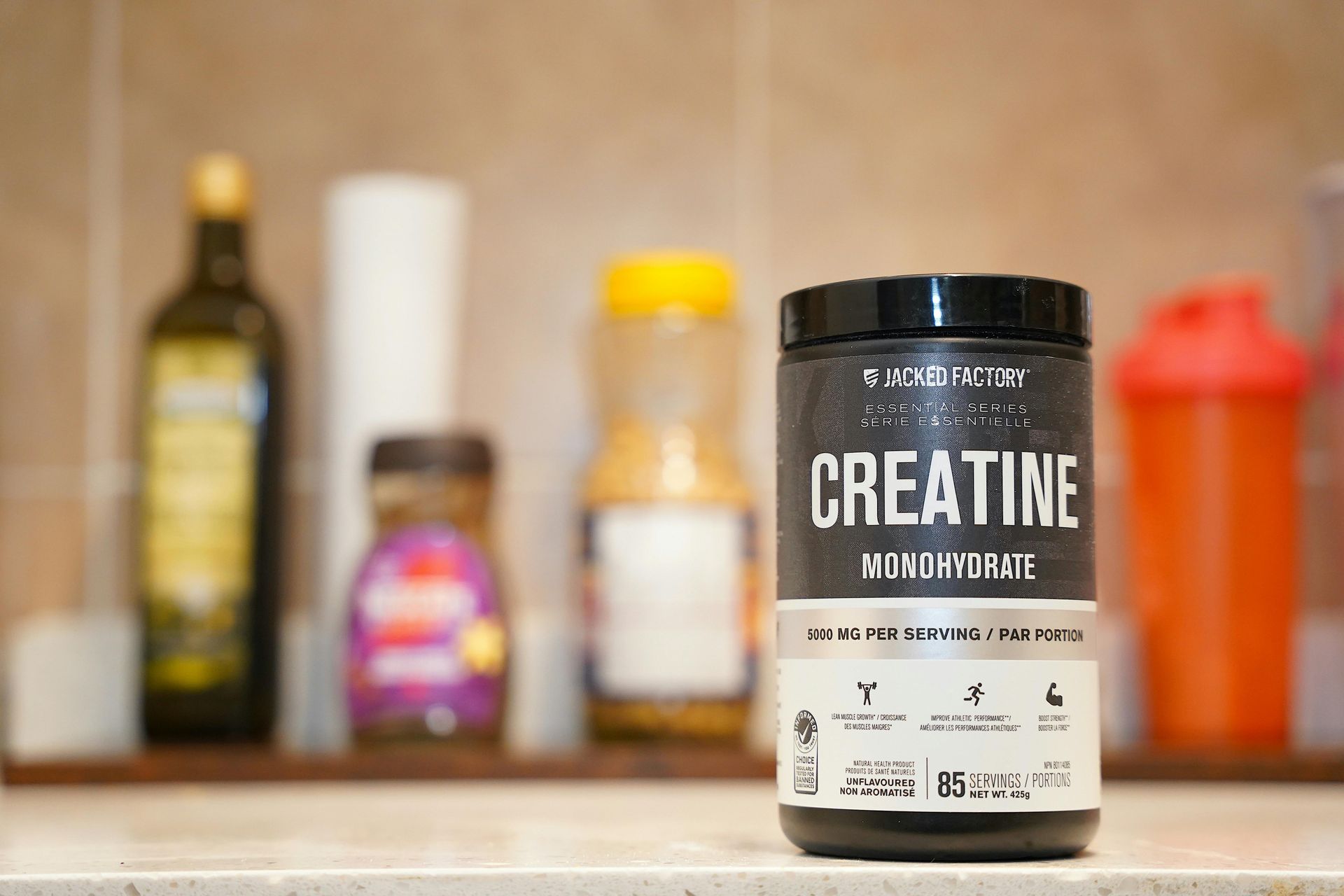Mohamad-Ali Salloum is a Pharmacist and science writer. He loves simplifying science to the general public and healthcare students through words and illustrations. When he's not working, you can usually find him in the gym, reading a book, or learning a new skill.
Using ChatGPT to Decode Medical Research Papers in Seconds
Share
Medical research papers are dense, jargon-heavy, and time-consuming to digest—especially when you're juggling clinical rotations, exams, and lectures. But what if you could break down a research paper in minutes, extracting only what you need—in plain English?
That’s where ChatGPT becomes your secret weapon. In this guide, you’ll learn how to use AI to read smarter, not harder, with actionable prompts to simplify every section of a paper—from abstract to conclusion.
🚨 Why Medical Students Struggle with Research Papers
- Heavy use of technical and statistical language
- Overloaded with unfamiliar abbreviations and citations
- Time-consuming with unclear relevance to exam content
- Limited training in critical appraisal
Instead of spending an hour dissecting a study, let ChatGPT help you extract the gold in minutes.
🤖 How ChatGPT Helps: Your Personal Research Translator
- Simplify complex sections (abstract, methods, results)
- Explain unfamiliar terms or statistical tests
- Translate academic language into layman-friendly summaries
- Summarize relevance for clinical practice or exam prep
- Compare studies or highlight limitations
🧪 Step-by-Step: Using ChatGPT to Break Down a Research Paper
✅ Step 1: Paste the Abstract
✅ Step 2: Break Down the Methods Section
✅ Step 3: Clarify the Results
✅ Step 4: Digest the Discussion/Conclusion
🧰 Power Prompts Library for Research Reading
📘 Abstract
- “Simplify this abstract in layman’s terms.”
- “What is the research question or hypothesis of this study?”
- “Why was this study done?”
🔬 Methods
- “Explain the sample size, selection criteria, and study design.”
- “What do these methods mean: double-blind, randomized, placebo-controlled?”
- “Why did the authors use [insert test]?”
📊 Results
- “List the most important results from this study.”
- “What do these numbers tell us?”
- “Was the outcome clinically important?”
🧠 Discussion/Conclusion
- “Summarize the authors’ main conclusions in plain English.”
- “List 2 strengths and 2 weaknesses of this study.”
- “How does this study compare to others on the same topic?”
💡 BONUS: Prompts for Critical Appraisal
- “Is this a well-designed study? Why or why not?”
- “What are possible sources of bias?”
- “How generalizable are the results to everyday clinical practice?”
📥 Case Example
Let’s say you’re reading a study on a new beta-blocker for heart failure. You copy the abstract and use:
Response: “This study found that the new beta-blocker improved survival by 12% compared to traditional treatment, with fewer hospitalizations and similar side effects. It may be more effective than commonly used drugs like metoprolol or bisoprolol, but further trials are needed.”
Boom. You just saved 30 minutes of cognitive load.
📚 Real-World Uses for Students
- 🧠 OSCE Prep: Quickly understand landmark trials like JUPITER, SPRINT, HOPE
- 📝 Assignments: Summarize articles with clarity and proper referencing
- 🧑⚕️ Clinical Rotations: Understand why a certain treatment is used in real patients
- 🎯 Exam Review: Reinforce evidence-based medicine principles
⚠️ Caveats: Don’t Blindly Trust Everything
- ChatGPT can misinterpret data if you feed it a messy PDF or unstructured text. Clean it up first.
- Always cross-reference summaries with the actual article or trusted databases.
- Use it to support your reading—not replace it.
✅ Final Thoughts
ChatGPT is like a translator, tutor, and assistant rolled into one. For medical students overwhelmed by research papers, it makes reading faster, more understandable—and even enjoyable.
By mastering the right prompts, you’ll:
- Save time
- Understand complex topics
- Retain key information better
- Think critically about what you read
So next time you open PubMed or stumble on a 14-page PDF—don’t panic. Just copy, paste, and prompt.
List of Services
ABOUT THE AUTHOR
Mohamad-Ali Salloum, PharmD
Share
Recent articles:





